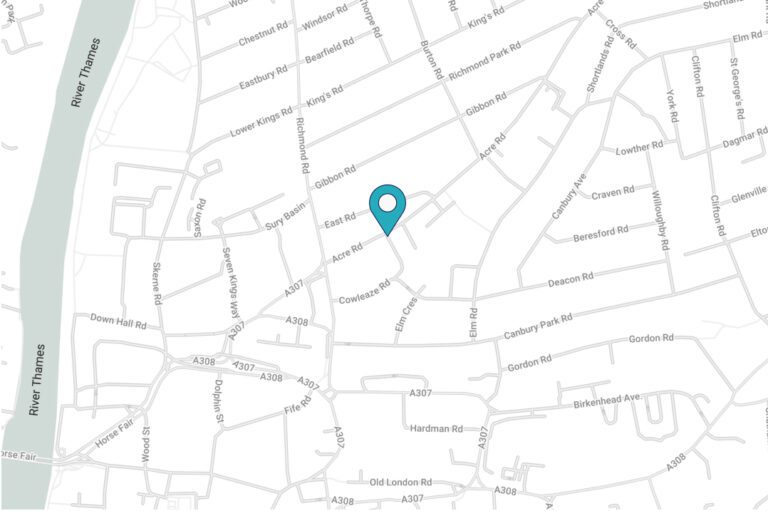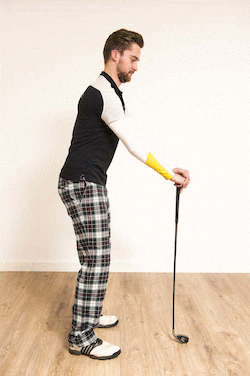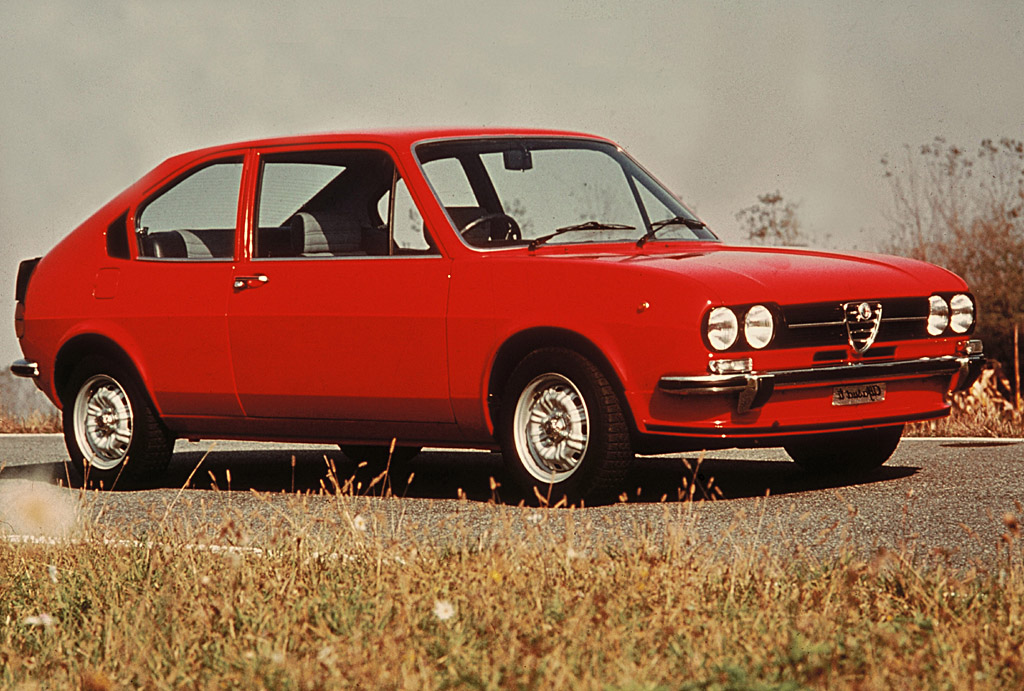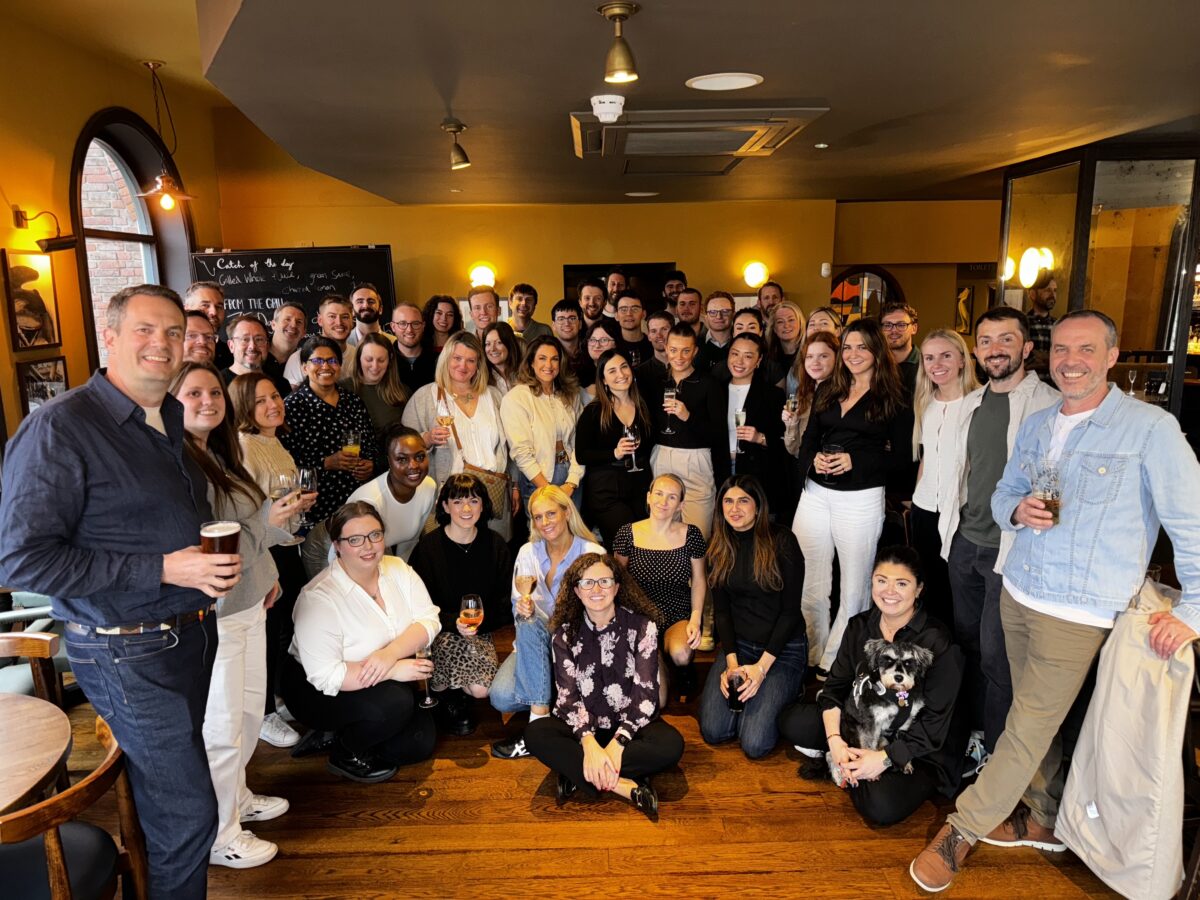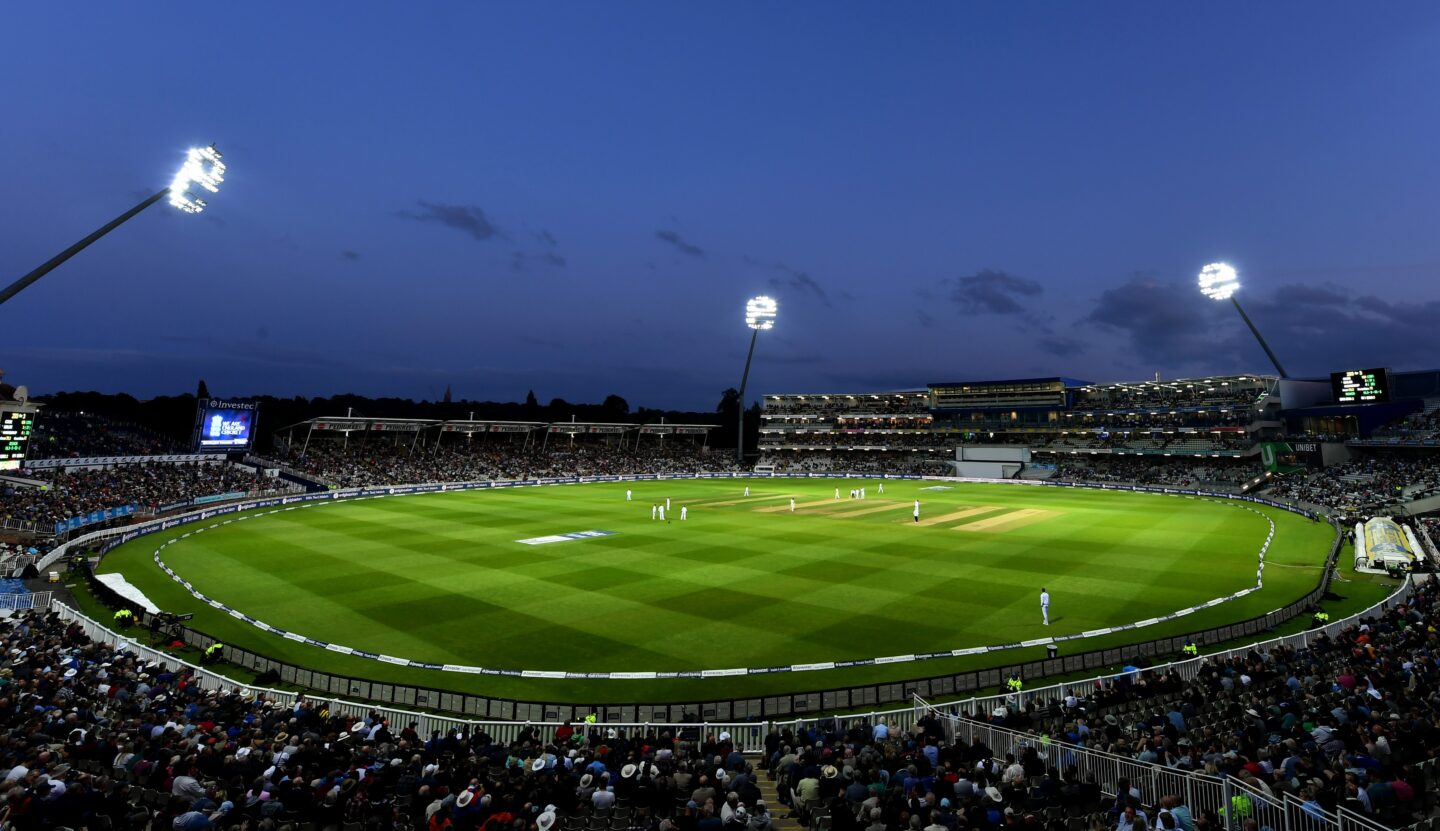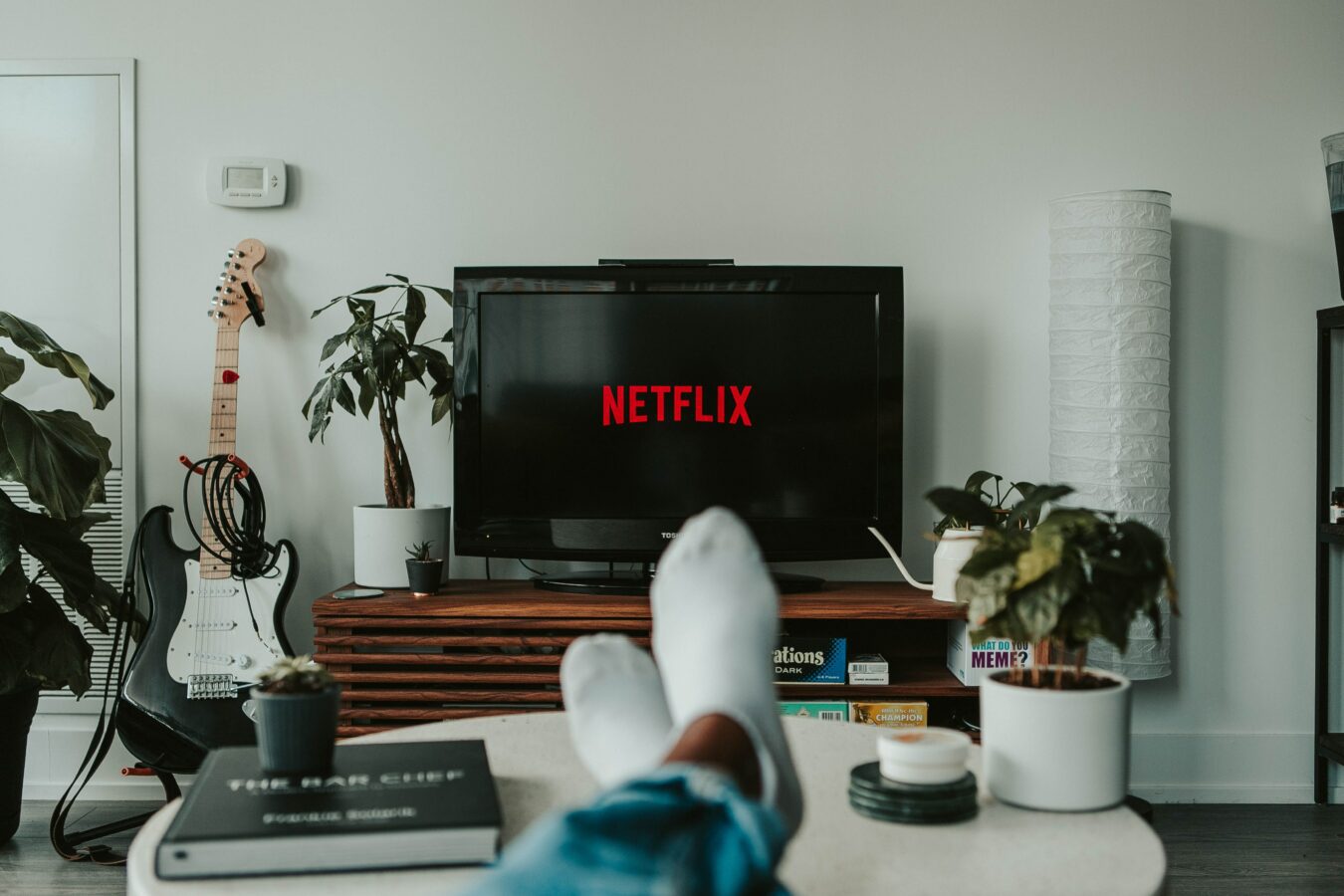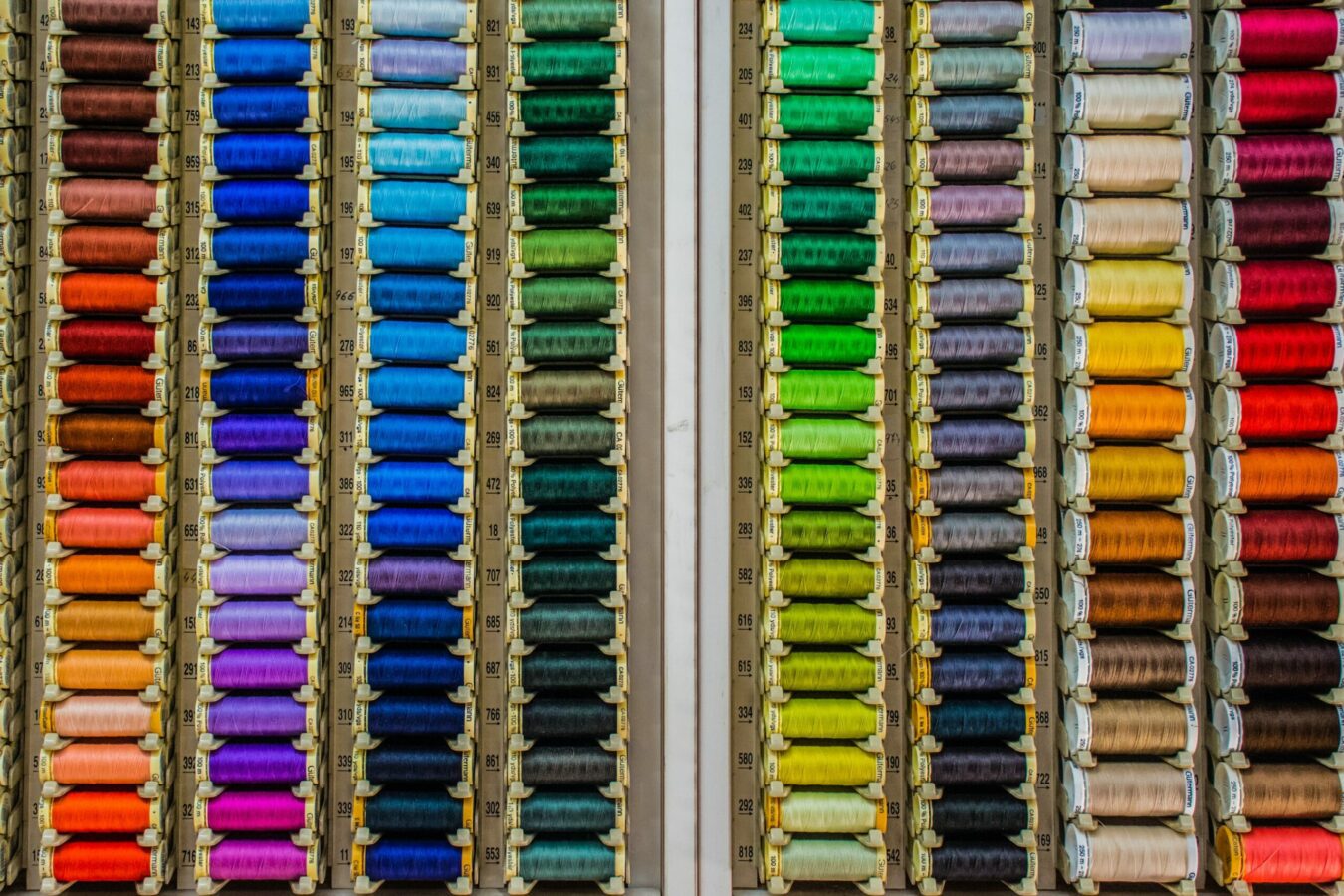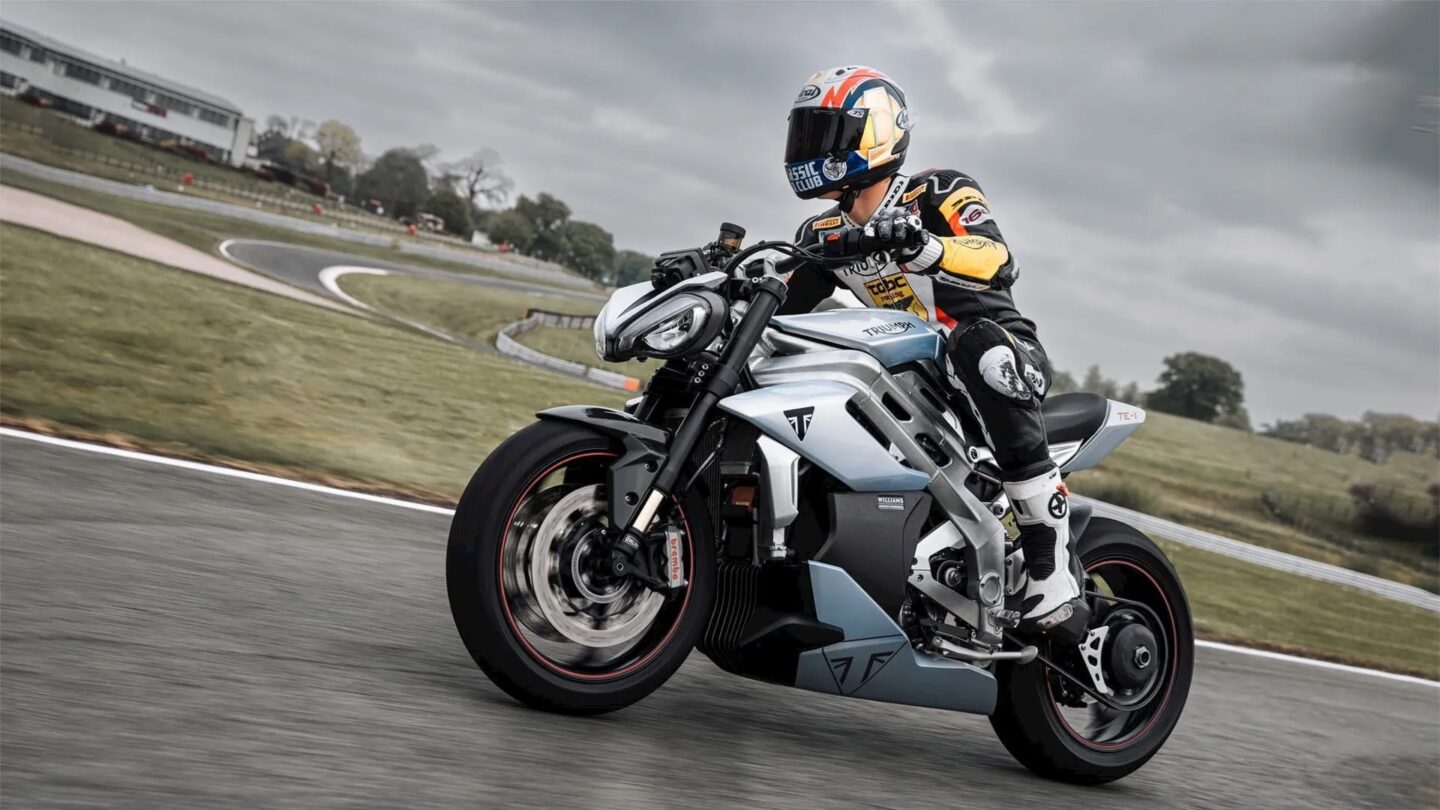Most people growing up don’t have the faintest clue what they want to be when they grow up – minus the obvious astronaut, footballer, super-hero or wizard answer.
While I can’t deny that “footballer” was very much my answer (still is to be honest….scouts will come along to Saturday, South West London Amateur league football to watch a bunch of has been 25 year olds, right?). Once that didn’t become a reality I knew that I wouldn’t be happy doing anything other than working in sports on a day-to-day basis.
I started out working for the sportswear start-up Tribesports.com as their PR & Marketing assistant (I can thoroughly recommend their kit ☺), and while that was great and gave me what I can only describe as the perfect introduction to the working world, running and cycling just wasn’t my sporting passion.
When the opportunity to join Performance came my way I jumped at the chance. The list of athletes they’d worked with left me wide-eyed and giddy – Ben Foden, Mark Cueto, Lewis Hamilton, Leeds Rhinos, Toulon Rugby, Arsenal Football club…..sign me up, NOW.
And so they did. And the rest is history (I still see my Director weeping at his desk every now and then over that decision).
But how does the reality of working within the Sports PR & Sponsorship industry compare to the job description you initially read and decided you wanted to apply for?
Well let’s take a look at some key lines from a generic Sports PR & Sponsorship job description and see what it actually means in reality:
1). Identify and research potential sporting and lifestyle ambassadors for the client portfolio
A simple enough task you might think? Recognise the key target audience of the client, identify a sport that appeals to this audience and select an ambassador that said audience will be able to relate to and will be influenced by.
But what happens when your client has a specific brief that the sporting ambassador has to have an aspirational body with a six pack, that will inspire people to not only work hard to look like them, but to do so using your client’s products.
Well – afternoons spent searching “Tom Hardy Topless” and ‘Britain’s top 100 Sexiest Men’ on Google is what happens. Who knows what the bosses would think if they searched my Google history – “It was for work Charlie, I swear”.
You find yourself saying things out loud like, “Nah, his pecs are a bit on the small side”, “I’m not blown away by his leg definition” or “I can only count a four pack there. NEXT – we need six packs people.”
Sometimes you’ve got to go the extra mile when doing research to make sure the fit is right for the client. It might not be how you expected to spend three hours of your Thursday afternoon, but it’s an important part of your role.
2). Organise and manage client photo-shoots to create interesting and engaging content for use across their owned media
Content is king, so you should expect to play a major part in generating it for your clients. Photo-shoots will play a large role in this – you can expect to have to: brainstorm shot lists, draw up photography briefs, select appropriate models, research, recce and choose photo-shoot locations, over see and direct photo shoots, ensure everything on the shot list is gathered, collate and name all images after a photo shoot to share with the client and many, many more.
But one thing you’re not told is that you might have to combine all of the above, with becoming an unexpected and impromptu model for the day. Sure, I may have taken some fancy tartan golf trousers along with me in the knowledge that “we might need some golf content”, but you never expect to actually get the call up.
And THEN – once the photos have been sent over by the photographer and sorted and named for the client, you equally don’t expect someone (ahem, Head of Digital) to create a GIF from two unfortunately timed photos to share with the sports team.

No matter how well you plan a photo-shoot, there will always be things that change or need adding in at the last minute – and sometimes, just sometimes it’ll be up to you to step in, even if it does give your colleagues some pretty strong ammo for the Christmas party presentations.
3) Develop creative and interesting pitch angles to sell in your clients to the media
This is the bread and butter of your daily job. Story telling is key, so you should expect to spend a lot of time brainstorming creative story angles that incorporate your clients to sell-in to the media. Without a hook, you’re not getting any coverage – FACT.
Working on the sports team, you wouldn’t have thought that 50 Shades of Grey would have been high on our priority list. BUT – it would have been remiss of us to ignore the most anticipated movie release in years.
Cue uncomfortable, awkward and ultimately enlightening discussions with the girls in the office that had read the book. You don’t come into work in the morning expecting to say the sentence “So can you describe the differences between the type of sex that happens in the bedroom and the type that happens in the Red Room of Pain?”
FIRSTLY – I can’t believe people sit and read that book on public transport in the mornings.
Secondly, you’ve got to be prepared to do whatever it takes to generate an angle for your client – even if that means some red faced, embarrassing conversations with the girls in the office (and the client) and some extra and somewhat uncomfortable reading of a book you would otherwise have not even used as a doorstop.
But ultimately – coverage makes it all worthwhile
4) Activate sporting ambassadors to create interesting and engaging content that utilises their fame to promote the client and increase brand awareness
This is what we all work in Sports PR & Sponsorship for. The opportunity to come up with creative and exciting ideas that utilise world famous sporting stars to create content for your clients that will spread far and wide and generate the holy grail of content – “Going Viral”.
From the very early stages of brainstorming how to utilise one of the biggest football teams in the world, to working up the ideas into a pitch, recce’ing potential locations, planning, planning again, making every single second you have with the sports stars count – this is the most exciting aspect of your job, there’s no doubting that.
And you know what – while it may have taken some late nights, and there might have been some nightmare last minute changes to the plan or it may have been a battle from start to finish to make it happen, it is always, always worth it.
Because in what other job do you get to do things like go to the Arsenal training ground, kick a football with Mesut Ozil, Lukas Podolski and Santi Cazorla and watch some of your sporting idols take part in a challenge that you’ve played a role in making a reality, all the while creating something that is going to generate huge brand exposure for you client?
[youtube height=”HEIGHT” width=”WIDTH”]https://www.youtube.com/watch?v=Pk7HUwUU8Og[/youtube]
There is no better feeling! (Oh and I got it through the tires twice…..just saying).
Ultimately, what I am trying to emphasise is that no day is the same in Sports PR & Sponsorship. You’ll spend one day with your headphones on logging coverage reports and the next in an MMA gym with one of the UK’s most exciting fighters. You just can’t beat the variety and excitement that this job offers.
So no matter how good you think the job description looks when you first see it…..be safe in the knowledge that the reality is a WHOLE lot better.
